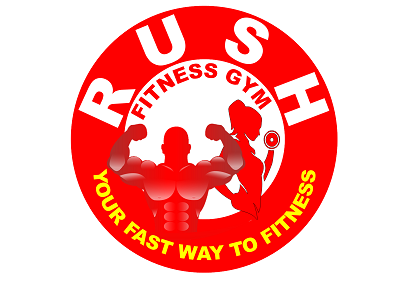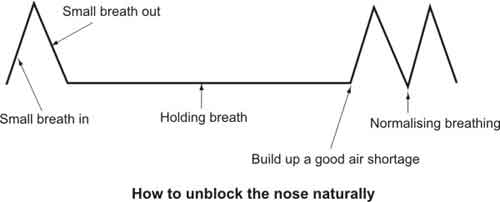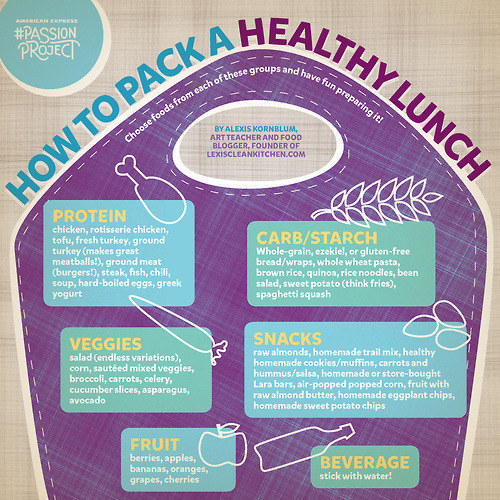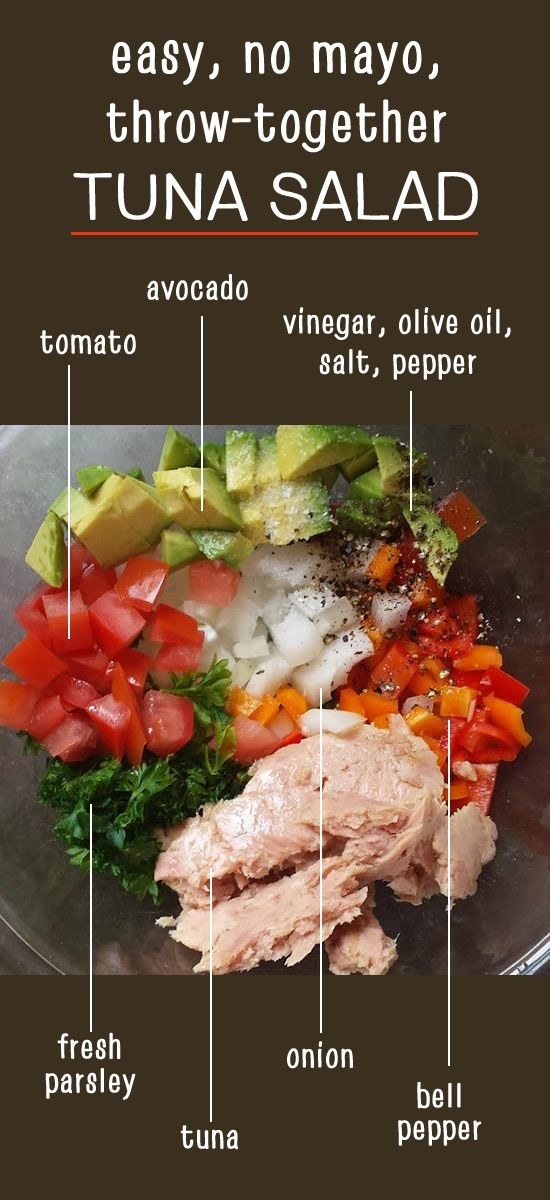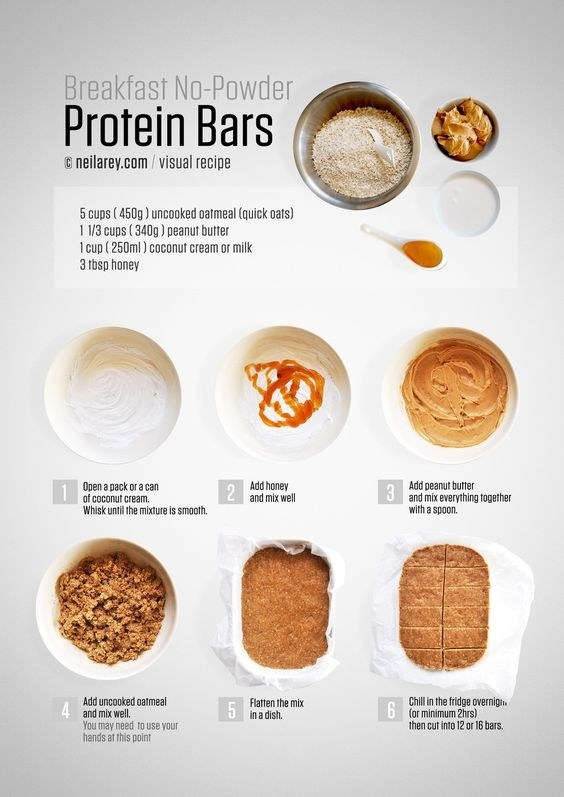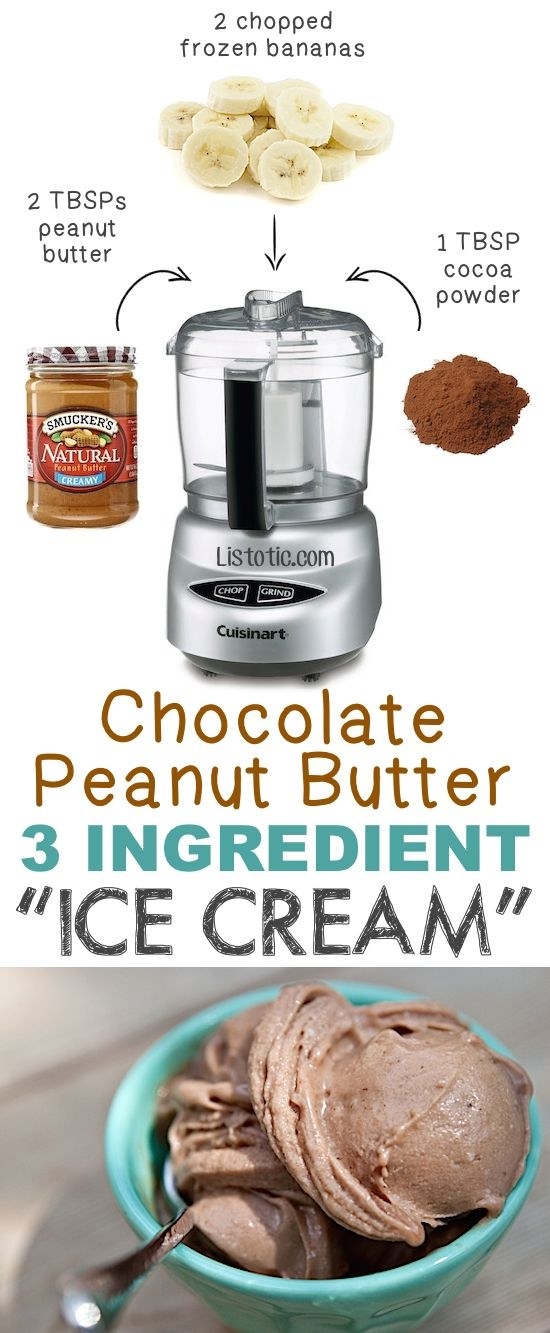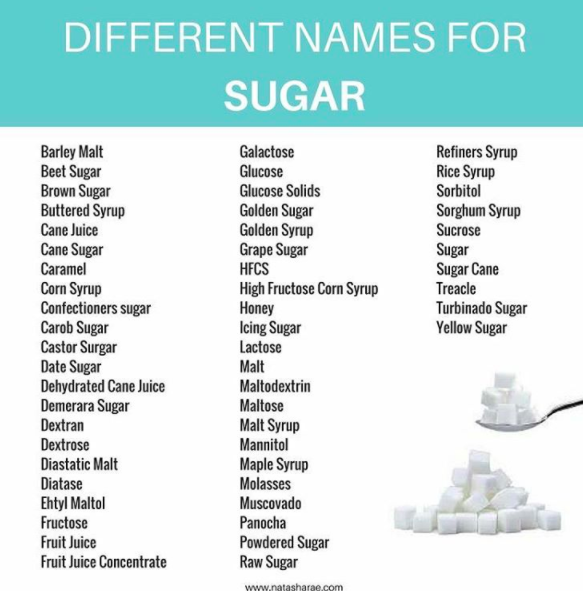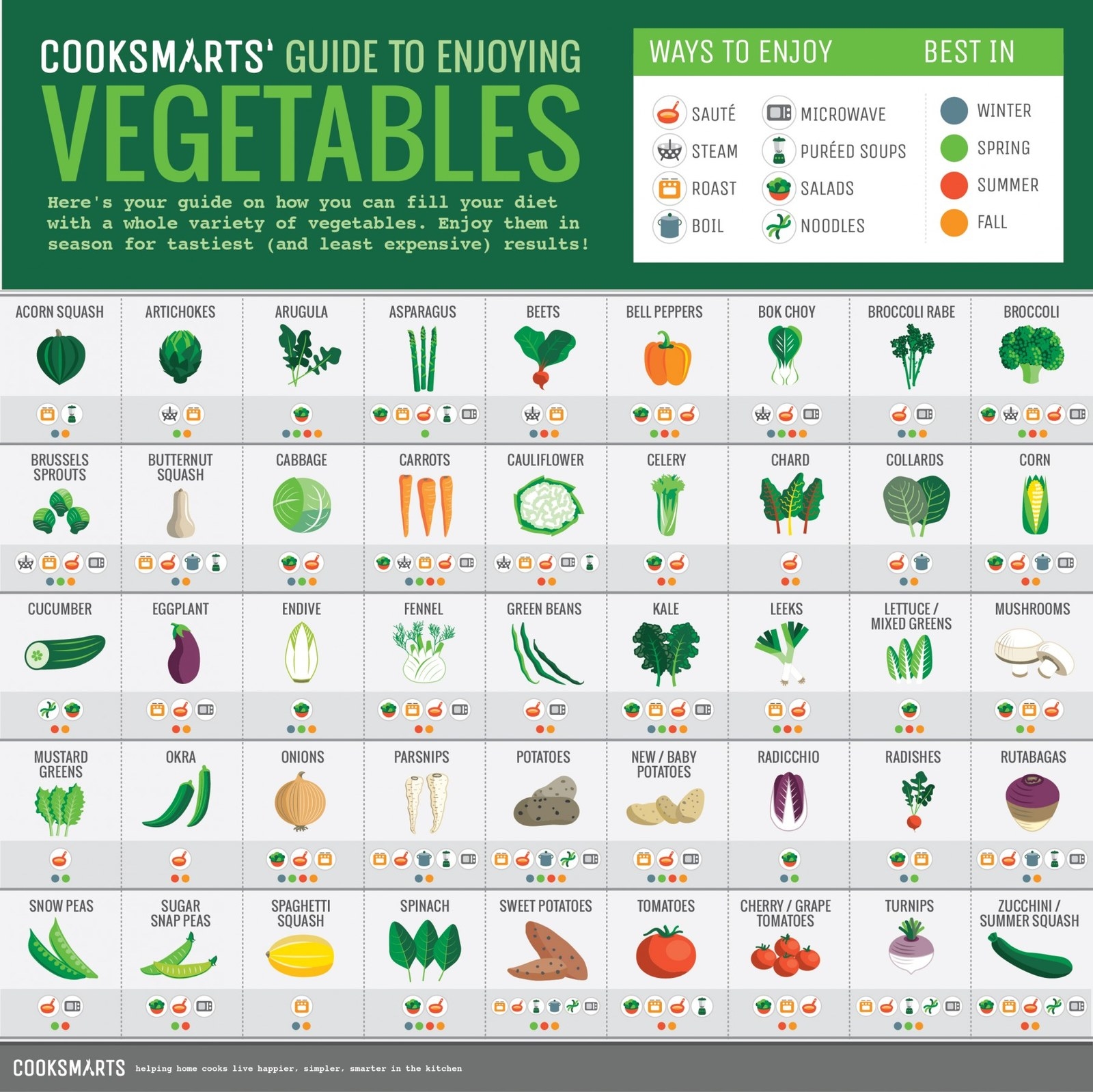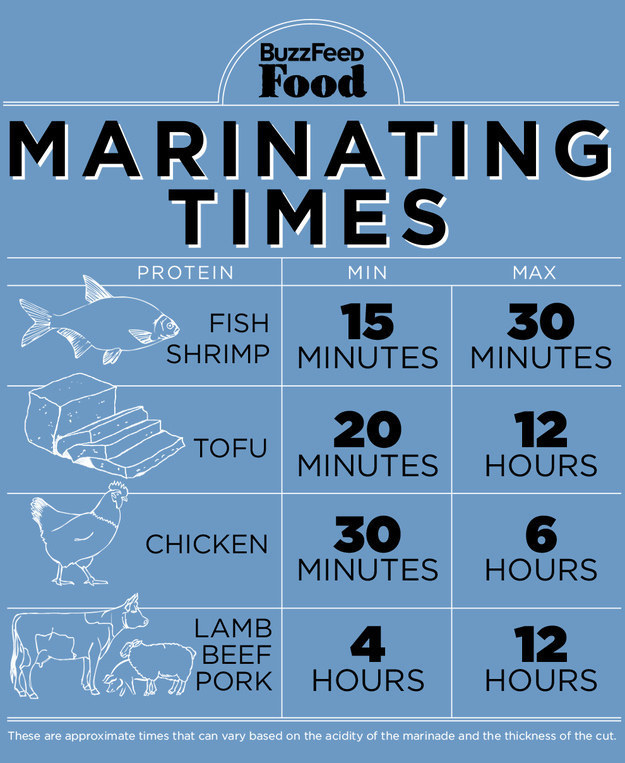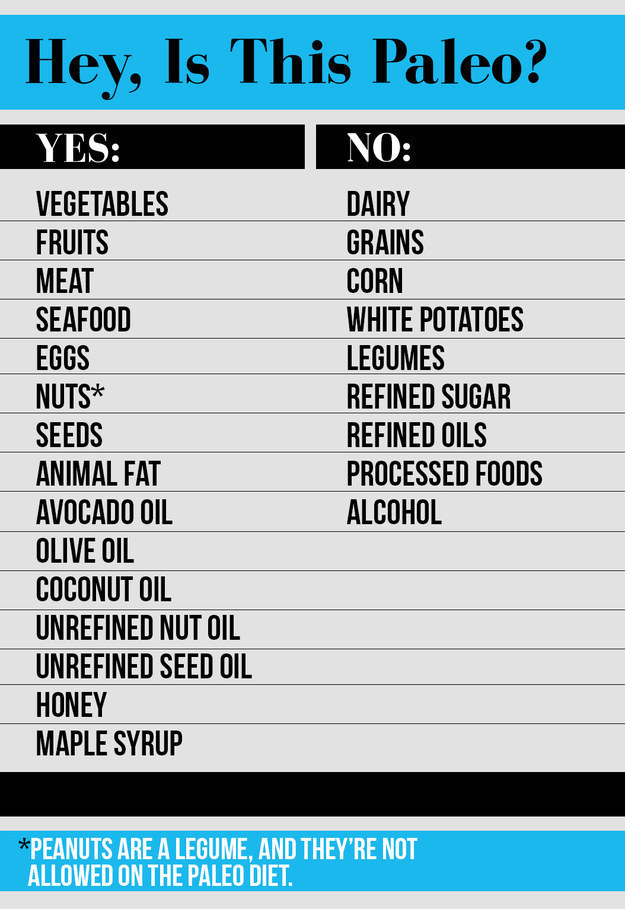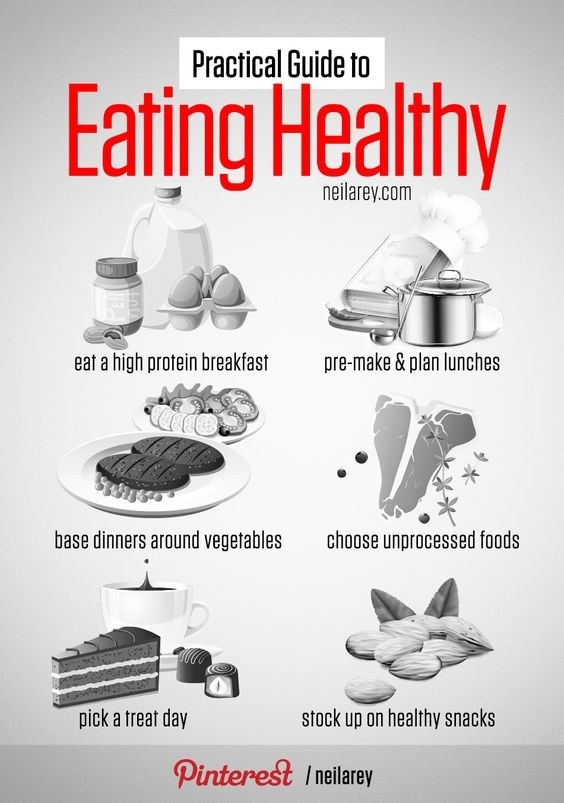
Story at-a-glance
- Close to 80 percent of the Western population breathes incorrectly with habits such as breathing through your mouth instead of your nose, using the upper chest, and having noticeable breathing during rest
- Your nose is the only organ able to properly prepare the air you breathe; mouth breathing leads to overbreathing, chronic hyperventilation, depleted carbon dioxide levels, reduced blood circulation and narrowing of the airways
- Mouth breathing and resultant overbreathing elevates your blood pressure and heart rate and worsens asthma , allergies, rhinitis, sleep apnea, and deprives your heart, brain and other organs of optimal oxygenation
- Overbreathing and hyperventilation during exercise can lead to reduced performance, and can also cause vasoconstriction, which increases your risk for arrhythmias and heart problems, even if you have none of the usual cardiac risk factors
- A simple technique called Buteyko breathing can help restore normal breathing patterns, improve the delivery of oxygen to tissues and organs, increase the oxygen carrying capacity of your blood, and radically improve your overall health and fitness
By Dr. Mercola
One of the most basic requirements for an effective exercise session is good oxygenation of your muscles and organs. You can actually control how well your tissues are being oxygenated by how you breathe.
But if you're like most people, you take your breathing for granted. After all, it's so automatic! You may not realize that there is an optimal way to breathe to increase body oxygenation and improve your health. There is a chance you may be doing it the wrong way without even realizing it.
While breathing is a fundamentally natural function of human beings, it can be negatively infl uenced by many factors of modern living such as stress, sitting at a desk all day, and excessive talking. In fact, about 80 percent of the Western population breathes incorrectly.
Mouth and nose breathing differ dramatically in terms of the depth of your breath, how the air is "prepared," and the effects they produce in your body. The first step to attaining optimal breathing is to breathe through your nose, not through your mouth.
Nasal breathing has a number of physiological advantages for your health AND your fitness. The amount of benefit you derive from your exercise efforts is largely controlled by your breathing habits, which affect your performance, endurance, post-exercise energy levels, and even your ability to metabolize fat.1
Most people overbreathe – in other words, they chronically hyperventilate. Typical characteristics of overbreathing include mouth breathing, upper chest breathing, sighing, noticeable breathing during rest, and taking large breaths prior to talking. Overbreathing during exercise can have a number of harmful consequences. The way to prevent this is to "retrain" your nose to do the job it was designed to do, which is what this article will cover.
Your Nose: The Most Underused Organ in Your Body
Your mouth was designed for eating, not breathing. Likewise, your nose and sinuses were designed to optimize breathing in ways that may surprise you. Your upper airways are designed to "pretreat" the air you breathe as it enters your body.
When you breathe through your mouth, many of the things that are supposed to happen don't, because the air bypasses this part of your respiratory system before it enters your lungs. When you take in air through your nose, the following beneficial processes occur:
- Air is warmed and humidified before it hits your lungs.2
- The cilia, or tiny hairs, lining your nose trap pathogens, dust, and other foreign particles, acting as a pre-filter before the air reaches your lungs.
- Nerves in your nasal passages (which connect to your hypothalamus) sense everything about your breathing and use that information to regulate it.
- Nitric oxide (NO) is made by your nose and sinus mucous membranes, so when you breathe through your nose, you carry a small amount of this gas into your lungs.3, 4 NO is a potent bronchodilator and vasodilator, so it helps lower your blood pressure and significantly increases your lungs' oxygen-absorbing capacity.5, 6, 7 NO also kills bacteria, viruses and other germs, so nose breathing helps keeps you from getting sick.
When you breathe through your mouth, NONE of these functions can take place. Mouth breathing is analogous to expecting your body to make use of food by bypassing your stomach – it would be missing some critical steps in the digestive process, and the end result would not be good.
Mouth Breathing Elevates Your Heart Rate and Blood Pressure
Mouth breathing, which will tend to make you hyperventilate, is a common response to strenuous exercise. You may intuitively think that sucking in a large volume of air through your mouth would improve your oxygenation by sheer volume. But this isn't the case – it actually decreases the oxygenation of your tissues. Mouth breathing results in diminished levels of carbon dioxide in your body because it is blown off so rapidly through your mouth.
Your body needs a balance of oxygen and carbon dioxide for optimal function. Carbon dioxide is not just a waste product but has actual biological roles, one of which is assisting with oxygen utilization. When your carbon dioxide level is too low, changes in your blood pH make your hemoglobin less able to release oxygen to your cells (the Bohr effect).8, 9
Mouth breathing can elevate your heart rate and blood pressure, sometimes resulting in fatigue and dizziness. 10, 11 When you exercise, you may feel relief from breathlessness at first by quickly sucking in air through your mouth, but over time your performance and endurance will be affected.
The elasticity of your lungs also depends on nasal resistance, which you only get from nasalbreathing due to the smaller diameter of your nasal passages.12 Poor breathing is even associated with poor posture. So, breathing through your nose helps maintain your health in a number of important ways.
Mouth Breathing Worsens Asthma
Most people chronically "overbreathe," which just means breathing more than you need to. When you overbreathe, you are depleting your carbon dioxide reserves. The odds are that if you are breathing through your mouth during the day, you are also doing so at night, which can lead to several health problems like dehydration, snoring and sleep apnea.13, 14, 15, 16, 17, 18
Mouth breathing plays a critical role in bronchial asthma, especially exercise-induced asthma. In a study published in the American Review of Respiratory Disease,19 young asthma patients had virtually no exercise-induced asthma after exercising while breathing through their noses. However, they experienced moderate bronchial constriction after exercising while mouth breathing. Other studies have shown similar findings. In addition to asthma, mouth breathing is associated with several other health problems:
- Your child's face may develop abnormally. Children who breathe through their mouths tend to develop longer faces with altered jaw structures.20, 21, 22, 23, 24, 25
- Greater loss of moisture, which dries out your saliva and contributes to poor oral hygiene; dehydration causes your airways to constrict and makes nose breathing even more difficult, creating a vicious cycle.
- Reduced oxygen delivery to your heart, brain and other tissues due to constricted arterial blood flow.26
- Crooked teeth, poor concentration, allergies, poor sports performance and ADHD have also been linked with mouth breathing.27
One of the primary problems causing people to mouth breathe is rhinitis and chronic nasal congestion, which is quite common. Rhinitis has been shown to be associated with disrupted sleep,28 fatigue,29 moodiness, snoring and sleep apnea.30So the trick, then, to minimize these problems is to breathe more lightly, and this happens automatically when you shift from breathing through your mouth to your nose. Remember, the deeper and more quickly you breathe, the more constricted your blood vessels will be, which means less oxygen will be delivered to your tissues.31 Breathing through the nose slows down and regularizes breathing, improves your oxygenation, and has a calming effect because it activates your parasympathetic nervous system.32, 33
The Tarahumara Runners
We can learn a great deal from the Tarahumara Indian tribe of Mexico, known for running up to 62 miles a day on rocky terrain, into their 60s. What's their secret? Among other things, studies have shown that the Tarahumara breathe in only through their noses, although some use a technique of exhaling through a partially open mouth. Part of their advantage is that their bodies are exceptionally good at optimizing carbon dioxide and nitric oxide levels – similar to the effects of altitude training.34 The Tarahumara are a great example of what's possible simply by optimizing your breath. If you're a mouth breather, don't despair! Read on to learn how you can shift your breathing back to the organ that does it best – your nose.
The Buteyko Breathing Method
There are simple techniques you can learn to gradually transition yourself back into nose breathing. Even if you're not planning to run like the Tarahumara, there are plenty of good reasons to make this part of your greater health plan. I have become a fan of the Buteyko breathing method, named after the Russian physician who developed it back in the 1950s. Patrick McKeown, featured in the video interview above, is now one of the world's top Buteyko trainers and has essentially taken over the movement since Dr. Buteyko's passing a decade ago.
Since my excitement was renewed about the Buteyko breathing method several months ago, I am now successfully able to complete all of my Peak Fitness Exercises with my mouth closed, even when my heart rate is well above my calculated maximum of 162. I thought this would be impossible for me to achieve, but with persistence and gradually increasing the time into the exercise I was nasal breathing, after a few weeks I was able to do it. It is a challenge as air hunger hurts, but, like most things in life, it does get easier with practice.
The Basic Buteyko Self-Test
Dr. Buteyko developed a simple self-test for estimating your carbon dioxide levels. He found that the level of carbon dioxide in your lungs correlates to your ability to hold your breath after normal exhalation. You can use a stopwatch or simply count the number of seconds to yourself. Here is the process:
- Sit straight without crossing your legs and breathe comfortably and steadily.
- Take a small, silent breath in and out through your nose. After exhaling, pinch your nose to keep air from entering.
- Start your stopwatch and hold your breath until you feel the first definite desire to breathe.
- When you feel the first urge to breathe, resume breathing and note the time. The urge to breathe may come in the form of involuntary movements of your breathing muscles, or your tummy may jerk or your throat may contract.
- Your inhalation should be calm and controlled, through your nose. If you feel like you must take a big breath, then you held your breath too long.
The time you just measured is called the "control pause," and it reflects the tolerance of your body to carbon dioxide. The good news is that you will feel better and improve your exercise endurance with each five-second increase in your CP. Short control pause times correlate with low tolerance to CO2 and chronically depleted CO2 levels. Here are the criteria for evaluating your control pause (CP):
- CP 40 to 60 seconds: Indicates a normal, healthy breathing pattern and excellent physical endurance
- CP 20 to 40 seconds: Indicates mild breathing impairment, moderate tolerance to physical exercise and potential for health problems in the future (most folks fall into this category)
- CP 10 to 20 seconds: Indicates significant breathing impairment and poor tolerance to physical exercise; nasal breath training and lifestyle modifications are recommended (potential areas are poor diet, overweight, excess stress, excess alcohol, etc.)
- CP under 10 seconds: Serious breathing impairment, very poor exercise tolerance and chronic health problems; Dr. Buteyko recommends consulting a Buteyko practitioner for assistance
How to Practice Buteyko Breathing Daily
The first step to increase your CP is to learn how to unblock your nose with the following breath hold exercise. While this exercise is a perfectly safe exercise for the vast majority of people, if you have any cardiac problems, high blood pressure, are pregnant, have type 1 diabetes, panic attacks or any serious health concern, then please do not hold your breath beyond the first urges to breathe. The following exercise is very effective for decongesting your nose in just a few minutes:
- Sit up straight.
- Take a small breath in through your nose, if possible, and a small breath out. If your nose is quite blocked, take a tiny breath in through the corner of your mouth.
- Pinch your nose with your fingers and hold your breath. Keep your mouth closed.
- Gently nod your head or sway your body until you feel that you cannot hold your breath any longer. (Hold your nose until you feel a strong desire to breathe.)
- When you need to breathe in, let go of your nose and breathe gently through it, in and out, with your mouth closed.
- Calm your breathing as soon as possible.
Simply repeat the above exercise several times in succession, waiting about 30 to 60 seconds in between rounds. And do the exercise on a regular basis. If you have nasal congestion, you will likely experience decongestion after six rounds or even less. The fastest way to increase your CP is by learning to be mindful of your breathing, noticing whenever you are mouth breathing so you can stop yourself from doing it. Keep the following in mind as you go about your day:
- Always keep your mouth closed for breathing, even during exertion (exercise will be covered in the next section)
- Even when you breathe through your nose, try to breathe more lightly than you normally do; you should not be able to see your breathing in your chest or abdomen
- Control your breathing all of the time, especially in stressful situations
Overbreathing During Exertion Can Have Deadly Consequences
Breathing correctly during exercise is extremely important. How you breathe at rest typically translates to how you breathe when you exercise. Overbreathing during exertion causes your CO2 levels to drop, which reduces blood flow to your heart and increases your risk for cardiac arrhythmias – which can be dangerous.35, 36, 37, 38
Patrick explains how most athletes experiencing sudden cardiac arrest during exertion don't fit the model of what you would normally expect, in terms of heart disease risk – they seem to be doing everything right. However, in his experience, like the rest of us, they often breathe too deeply and quickly which is a risk factor by itself. Hyperventilation may play a significant role in some of those unexpected cardiac events in otherwise healthy athletes. It could also be the reason why extreme endurance exercise has been found to have more risks than benefits for your heart.
How to Incorporate Buteyko Breathing While Exercising
Even if you are not an endurance athlete, it is extremely important that you control your breathing when you exercise. You should be exercising only to the extent that you can continue breathing through your nose the vast majority of the time. If this means backing off on intensity, then that's what you need to do, realizing that it's only temporary until your body begins to adjust to your slightly increased CO2 levels.
This will happen fairly quickly. You just have to get used to "air hunger" (an admittedly uncomfortable feeling of mild suffocation), and realize it's normal and safe. Remember, the shorter your CP, the more easily you'll get breathless. If your CP is less than 20 seconds, NEVER have your mouth open during exercise, as your breathing is too unstable. This is particularly important if you have asthma.
To increase your CP from 20 to 40, physical exercise is necessary. You might begin by simply walking with one nostril occluded. Then, as your CP increases begin, incorporating jogging, cycling, swimming, weight lifting or anything else to build up an air shortage. The rule of thumb is to not push yourself to the point where you are unable to maintain nasal breathing. If you feel the need to open your mouth, then slow down and recover. This helps your body to gradually develop a tolerance for increased CO2 – and if you persevere, this will happen quickly.
Part of the Buteyko Method involves breath hold exercises designed to simulate the effects of high altitude training. When the human body is exposed to situations in which there are reduced oxygen levels – such as the experience of high altitude, or by holding the breath – adaptations take place that force the body to increase oxygenation of the blood. The kidneys increase production of EPO and the spleen releases red blood cells into circulation.39, 40, 41, 42
These effects combine to improve the oxygen-carrying capacity of your blood, in addition to the CO2 and NO opening up your blood vessels. All of these physiological improvements are like putting your circulatory system "on steroids" – without the steroids!
Additional Information and Resources
Getting oxygen to your cells is every bit as important as eating the right foods or drinking fresh, pure water. Breathing is usually taken for granted, in spite of being our most fundamental human need. Now you have the tools for addressing this important but underappreciated aspect of your health!
For more information, please refer to Patrick's books and DVDs, which are available on Amazon and at his website, ButeykoClinic.com. On his site, you will also find information about short courses and lists of Buteyko practitioners, should you desire professional coaching. He has a children's website as well, ButeykoKids.com.
Source: fitness.mercola.com
Don't forget to share and like this post!
